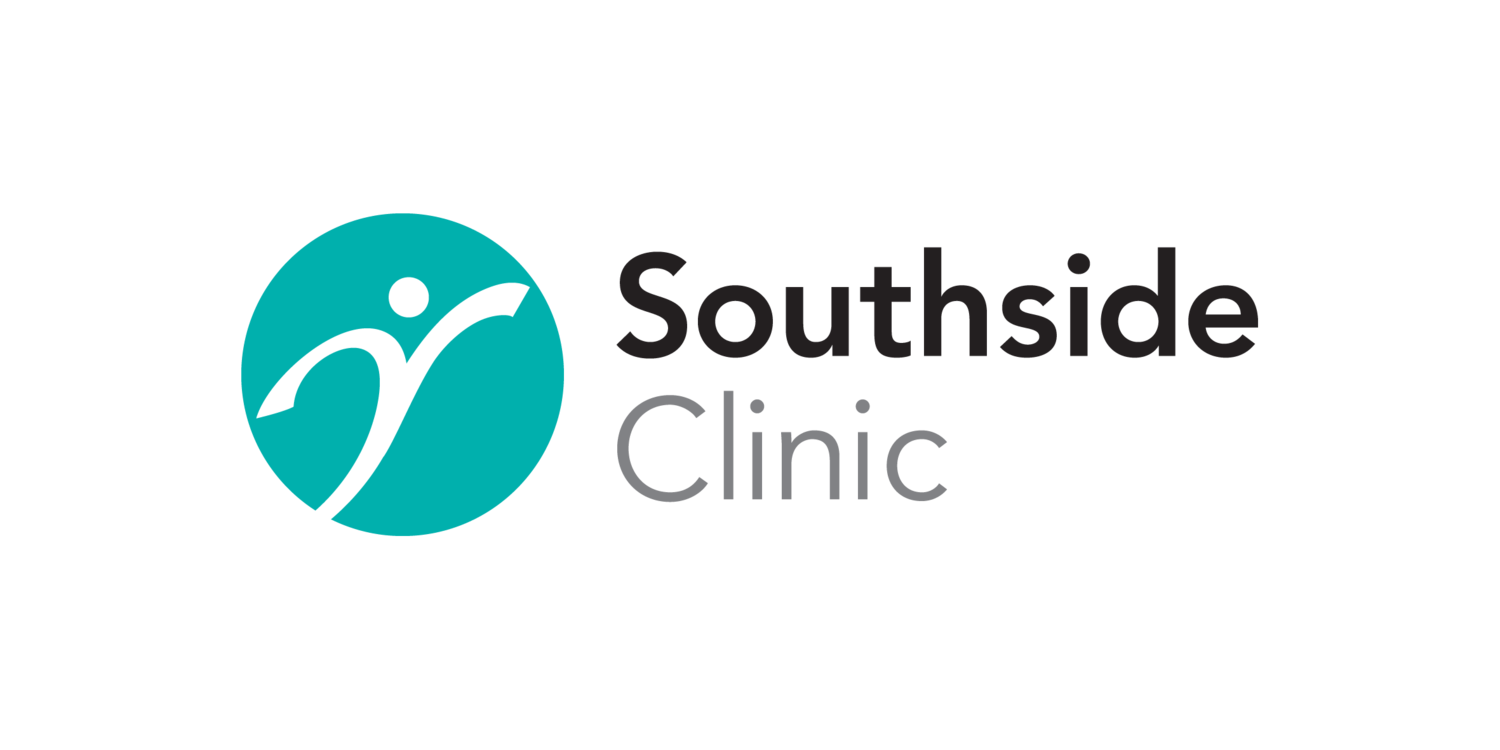Peak performance and quick recovery.
SPORTS PEOPLE, ATHLETES AND DANCERS MAY LIKE TO VISIT A PRACTITIONER FOR:
Ankle sprains
Shin splints
Groin pull / muscle strain
Knee injuries and patella tracking problems
Tennis elbow / golfers elbow
Rotator cuff injuries
Lower back strains
Hamstring injuries
Hip impingement
+ more
Benefits of treatment may include:
Addressing the underlying cause of discomfort
An improvement in range of motion
Decrease in muscle tension
Assistance with ligament stability
Improvement in bloody supply to the affected area
Reduction in swelling
Increase in energy
Steady return to normal daily activities and sporting activity
The team at Southside Clinic will assess your individual case and work with you to develop the most appropriate action plan going forward. This may include hands on treatment, referral to the GP or other health professional, referral for imaging such as an MRI or X-ray, individual exercise prescription and/or general nutritional advice.
Southside Clinic has a strong connection with the dance industry with director, Andrea Robertson, having previously had a career as a professional dancer. We also offer Pre-Pointe Assessments for young dancers wishing to start pointe work for ballet class, as well as Dance Fitness Assessments for any dancer wishing to be assessed for any areas of muscular weakness or tightness. A specific exercise program and report is then provided to the dancer, and also to their dance teacher if requested.
For the weekend warrior sports people among us, we offer HIIT, Barre, Yoga and Pilates classes to help you realise your athletic potential!
Research and Evidence:
Bergman G, Winter J, van Tulder M, Meyboom-de Jong B, Postema K, van der Heijden G (2010). Manipulative therapy in addition to usual medical care accelerates recovery of shoulder complaints at higher costs: economic outcomes of a randomized trial. BMC Musculoskeletal Disorders
Manipulative therapy in addition to usual medical care accelerates recovery and is more effective than usual medical care alone on the long term, but is associated with higher costs.
Brantingham JW, Cassa TK, Bonnefin D, Jensen M, Globe G, Hicks M, Korporaal C. (2011). Manipulative therapy for shoulder pain and disorders: expansion of a systematic review. J Manipulative Physiol Ther. 2011 Jun;34(5):314-46.
This study found fair evidence for manual and manipulative therapy (MMT) of the shoulder, shoulder girdle, and/or the the full kinetic chain (FKC) combined with multimodal or exercise therapy for rotator cuff injuries/disorders, disease, or dysfunction. There is also fair evidence for MMT of the shoulder/shoulder girdle and the FKC combined with a multimodal treatment approach for shoulder complaints, dysfunction, disorders, and/or pain.
Collins C, Masaracchio, M, Cleland J. (2014).The effectiveness of strain counterstrain in the treatment of patients with chronic ankle instability: A randomized clinical trial. Journal of Manual and Manipulative Therapy. Vol.22, No.3, 119-128
Loudon JK, Reiman MP, Sylvain J. (2014). The efficacy of manual joint mobilisation/manipulation in treatment of lateral ankle sprains: a systematic review. British Journal of Sports Medicine. Mar;48(5):365-70.
For acute ankle sprains, manual joint mobilisation diminished pain and increased dorsiflexion range of motion. For treatment of subacute/chronic lateral ankle sprains, these techniques improved ankle range-of-motion, decreased pain and improved function.
Vairo GL, Miller SJ, McBrier NM, Buckley WE. (2009). Systematic review of efficacy for manual lymphatic drainage techniques in sports medicine and rehabilitation: an evidence-based practice approach. J Man Manip Ther. 2009;17(3):e80-9.

